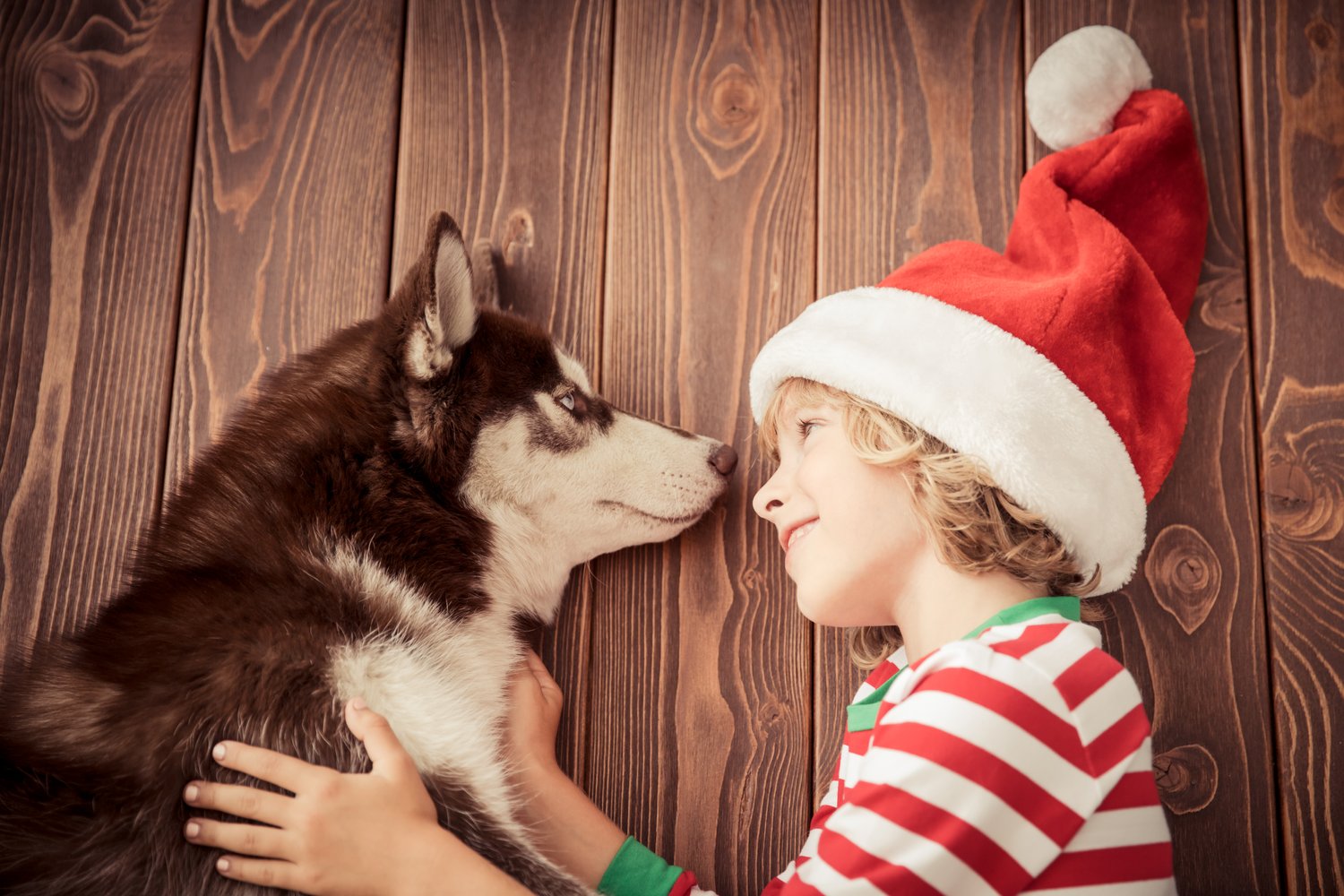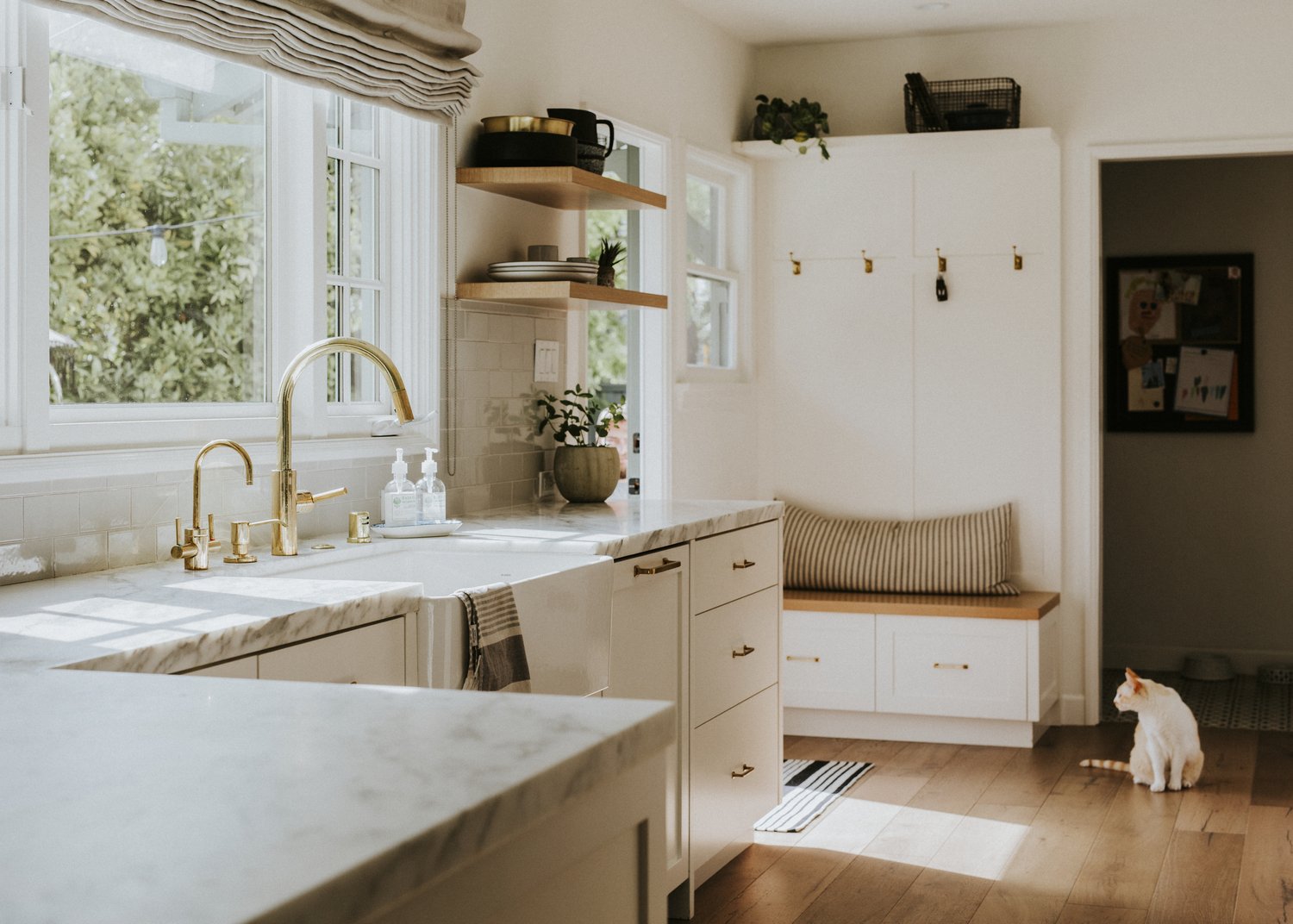As temperatures drop and winter settles in, our furry family members need special consideration to stay comfortable and healthy. While many pets have natural adaptations to handle colder weather, our modern homes aren’t always optimized for their winter comfort. This article offers practical advice for pet owners on winterizing their homes to keep pets warm during winter months, addressing common issues like drafts, heating considerations, and managing outdoor access. With these cold weather pet safety indoors tips, you’ll create a cozy winter haven for your four-legged companions.
Understanding Your Pet’s Winter Needs
Different pets have varying tolerance levels for cold temperatures. Breeds with thick coats like Huskies or Maine Coons might relish cooler indoor temperatures, while short-haired breeds, senior pets, or animals with health conditions may need extra warmth. Take time to observe your pet’s behavior during colder weather. Are they seeking warm spots, curling up tightly when sleeping, or shivering? These signs indicate they’re feeling the chill and need additional winter pet care home adjustments. Remember that even within the same species, individual pets have unique preferences, so personalize your approach based on your pet’s specific needs.
Addressing Drafts and Cold Spots
One of the most effective ways to keep pets warm winter-long is identifying and sealing drafts throughout your home. Many pets spend time lounging on floors where cold air pools, making draft detection essential for their comfort. Check areas around doors, windows, and baseboards for air leaks. Weather stripping, door sweeps, and caulk can effectively seal these openings. For older homes with persistent drafts, consider temporary solutions like draft stoppers or thermal curtains. As recommended by AskHomey, placing pet beds away from exterior walls and windows can significantly improve your pet’s comfort during cold spells, allowing them to rest in naturally warmer areas of your home.
Creating Cozy Pet Spaces
Strategic placement of pet bedding is crucial for cold weather pet safety indoors. Position beds in sunny spots that capture natural warmth during daytime hours. Consider elevating beds slightly off cold floors using a low platform or thick padding. Self-warming pet beds that reflect your pet’s body heat back to them are excellent investments for winter months. For pets that enjoy burrowing, provide blankets or create small “caves” where they can nestle and maintain body heat. Warming discs or heated pet beds can offer additional comfort, but always ensure they have temperature regulation features and never use electric blankets not specifically designed for pets, as these can cause burns or present electrical hazards.
Safe Indoor Heating Considerations
While adequate home heating is essential during winter, certain heating methods require precautions for pet safety. Space heaters should always be pet-proofed with stable bases and protective screens to prevent burns or tipping. Fireplaces need secure screens, and pets should never be left unsupervised around open flames. Radiator covers can prevent curious pets from burning themselves, while still allowing heat to circulate. If you use radiant floor heating, monitor your pet to ensure the temperature isn’t uncomfortable for paw pads. When operating humidifiers to counter dry winter air, place them where pets cannot access them directly but can still benefit from the increased humidity, which helps protect their respiratory systems during heating season.
Managing Outdoor Access
Even indoor pets typically need some outdoor time during winter months. Create a winter routine that balances fresh air and exercise with cold weather pet safety indoors. For dogs, consider shorter, more frequent walks rather than extended outings in frigid temperatures. Pay attention to paw protection—trim fur between toe pads to prevent ice buildup and consider booties for sensitive paws. Create a “transition zone” near entrances with towels for drying damp fur and paws after outdoor excursions. For pets that use doggy doors, install weather-stripped models with good insulation values, and consider magnetic or electronic versions that create tighter seals when not in use. Some pet owners find installing a small, sheltered area just outside entry points gives pets a protected space to shake off snow before coming indoors.
Winter Hydration and Humidity
Winter heating systems often reduce indoor humidity, which can affect your pet’s skin, coat, and respiratory health. Monitor your home’s humidity levels, aiming for 30-50% for optimal comfort. Place water bowls throughout your home to encourage hydration, as pets may drink less during winter months despite the drying effects of heated air. Consider using pet fountains, which may entice pets to drink more frequently. For especially dry environments, humidifiers can help maintain healthier air quality for both humans and animals. Check your pet’s skin regularly for signs of dryness or irritation, which might indicate your home needs humidity adjustments as part of your winter pet care home strategy.
Seasonal Adjustments for Senior Pets
Older pets often need extra attention during winter months as cold weather can aggravate arthritis and joint stiffness. Provide orthopedic bedding in warm areas of your home, and consider raising food and water dishes to reduce strain on aging joints. Maintain a consistent exercise routine adjusted for your senior pet’s capabilities to prevent weight gain and maintain joint flexibility. Senior pets may benefit from slightly warmer ambient temperatures than younger animals, so adjust your thermostat accordingly, especially at night when temperatures typically drop. These thoughtful accommodations help ensure your aging companion stays comfortable throughout the winter season.
For more tips and to connect with reliable home service professionals, follow AskHomey on Facebook and Instagram.



